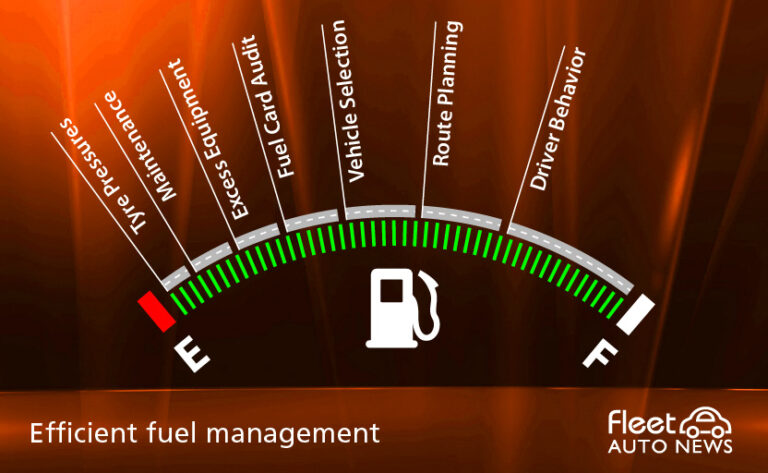– By Marc Sibbald –
Chevin Fleet Solutions has launched a guide for fleet managers called ‘Controlling your fuel costs’ that provides some tips and hints on how you can save fuel in your fleet.
The guide’s author is Brendan Adams, Marketing Manager at Chevin Fleet Solutions, and he has worked with organisations across the globe to help them reduce their costs and make their fleet operations more efficient.
The report confirms that fuel is normally the second largest expense for fleets, after depreciation, and can account for up to 33% of total expenditure. It challenges the misconception that fuel costs are beyond the fleet manager’s control while acknowledging that driver behaviour can have the biggest influence in achieving a reduction is usage.
And the potential savings are huge. For a fleet of 100 vehicles and an average pump price of $1.20 cpl, a 10% improvement in fuel efficiency can be equivalent to the annual cost of two vehicles.
A starting point for all fleets is with procurement and control. Organisations should review their fuel purchasing agreements regularly. Recent developments in technology and changing market conditions in Australia have created higher margins for fuel retailers so there are opportunities to get a better fuel card deal.
Control of your fuel cards is important to prevent fraud and you can start with an audit of all cards on your account. Are they allocated to a vehicle or a person? Is the vehicle still on your fleet? Do they have PINs? Are there reasonable daily or monthly limits in place?
Fuel theft is something that happens everyday because of lost or misplaced fuel cards according to industry insiders. Employees may steal one tank for their personal car or a lawn mower. Criminals will steal thousands of litres if the right limits and controls aren’t in place.
Fuel card providers can provide reports that highlight exceptions and your fleet management organisation can also monitor with their software and people. A telematics system is one of the best ways to identify fraud by comparing the vehicle’s location at the time of the fuel transaction. If it’s not in the same place as the fuel card, then something fishy is going on.
Telematics can also help reduce fuel usage by providing the driver with the shortest, most fuel efficient route. Savings 1,000 kilometres annually could reduce your fuel bill by 5%.
The Chevin guides also mentions vehicle selection as a strategy and suggests that you use your own real life consumption figures rather than the ones published by manufacturers when making comparisons.
Getting drivers excited about eco-driving is the game changer. Chevin’s own data from 2014-15 shows that poor drivers increase fuel consumption by 21% when compared to average drivers; and by 31% when compared to good drivers.
Chevin suggests education is the first step because many drivers aren’t aware of the financial impact their driving style is having on the organisation. Then make it fun using Apps, rewards and league tables. An engaged workforce can not only increase productivity, it can save you money on fuel.
You can download a copy of the Chevin guide by clicking here.







